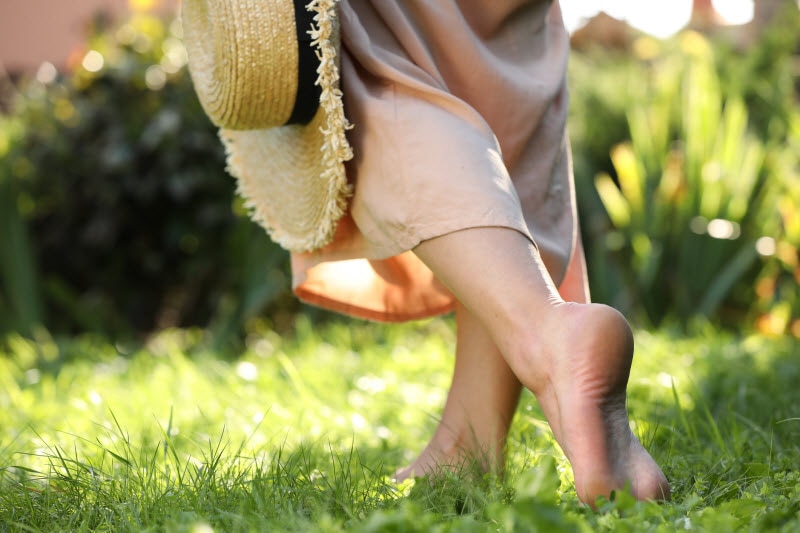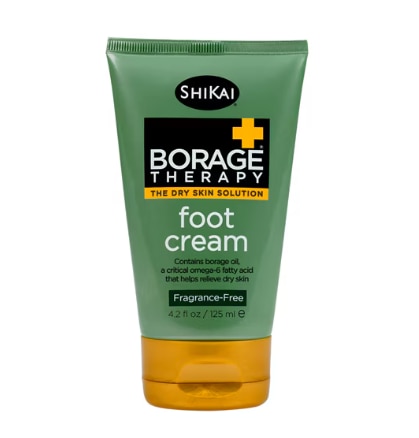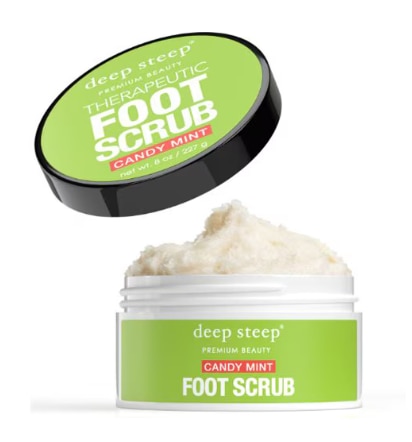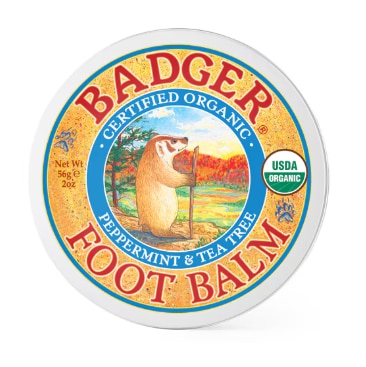Our feet were made for walking, but are they made for walking barefoot? The trend of walking or running barefoot—or using minimalist footwear—has seen a notable resurgence in recent years, the upshot of a surging interest in wellness and performance. Ditching shoes has a growing appeal, for athletes, nature lovers and health junkies. Many of them explain it as a way to getting more in touch with the feet as the foundation of the body.
The movement took on legs when the barefoot running boom began in 2009, spurred by the publication of Christopher McDougall’s book Born to Run. The book explores the running practices of the Tarahumara people of Mexico, who are known for their ability to run long distances barefoot or in minimal footwear.
The potential advantage of bare feet also led to the rapid growth of minimalist footwear brands, such as Vibram FiveFingers, which gained popularity around 2010. The trend also inspired the creation of running clubs and online communities dedicated to barefoot running, including the Barefoot Runners Society, founded in late 2009.
Putting your feet in direct contact with the earth has been linked to benefits such as stress relief, improved balance and posture, and even concentration. Here are four ways going barefoot can improve your health.
The Health Benefits of Walking Barefoot
Feet on the earth
The notion of grounding or “earthing” phenomenon—is based on the idea that barefoot contact with natural surfaces may reduce inflammation, improve sleep and boost concentration. One recent study, published in Korean Journal of Physiology Pharmacology, suggests that adolescents who walked barefoot had a significant increase in cognitive speed and concentration and a significant decrease in brain stress than those in the sneaker group.
Going barefoot, it turns out, provides just the right kind of gentle stimulation. It wakes up your feet—and when your feet are more awake, the rest of your body follows. You stand taller, move with more ease, and start to feel more grounded—literally and metaphorically.
Better balance through bare feet
Regardless of the trend, many disciplines have long recognized that going barefoot does wonders for your balance. Think about this: gymnasts and martial artists train barefoot, not because it looks cool, but because being barefoot deepens their connection with the ground. They need precision, stability and awareness in every move, and shoes can get in the way of that.
When you forego shoes—especially those overly cushioned or rigid ones—you give your feet a chance to actually feel the ground. That sensory feedback improves something called proprioception, which is your body’s ability to sense its position in space. The more accurately you can tell where your body is and how it’s moving, the better your balance becomes.
A study published in 2020 in BioMed Central Geriatrics found that barefoot walking can significantly improve balance and postural control in healthy young adults. The idea is when you walk barefoot, your foot muscles have to engage more, your arches work harder, and your nervous system gets sharper cues from the surface beneath you.
Stronger feet, stronger muscles
Another advantage to walking barefoot is that it can strengthen underused muscles, prevent common foot issues like bunions or flat arches, and support healthy movement patterns. One drawback of conventional footwear is the way it may underutilize our foot muscles. A 2021 study published in Nature found that participants who wore minimalist footwear for six months experienced an average increase of 57 percent in foot muscle strength. This improvement was comparable to that of individuals who had been using minimalist footwear for over two years, suggesting that wearing minimal footwear may be a fast-track way of strengthening your feet muscles.
This is your nervous system on bare feet
When you go barefoot, thousands of nerve endings in your feet come into direct contact with the ground. This rich tactile stimulation is sent to the brain, enhancing proprioception while at the same time soothing the nervous system. It’s similar to why sensory tools like weighted blankets or textured mats help regulate stress—they engage the body’s sensory systems and give the brain something grounded to process.
Additionally, moving barefoot almost automatically brings a mindful quality to movement. When you become more aware of your surroundings, it can shift your focus away from racing thoughts. Just by taking off your shoes, you encourage deep breathing, present-moment awareness, and gentle activation of the body—all of which help calm anxiety.
Barefoot Living Tips
How to begin
If your feet are not accustomed to being without shoes, you’ll want to transition slowly to avoid soreness and injury.
Build a baseline
If you’re new to barefoot living, begin by simply going barefoot around the house. Hardwood, tile, and carpet give your feet a chance to adjust without the unpredictability of outdoor surfaces. Try doing chores barefoot, or spend time standing and stretching without shoes.
Notice any tightness or sensitivity in the arches, heels, or toes—your feet might be waking up after years of shoe support.
Explore easy terrain first
When you’re ready to go outside, start with safe, soft surfaces, such as grass, sand, or dirt trails that are easy on your feet. Walk slowly and mindfully—tune in to how your feet respond to texture, temperature and terrain.
Avoid extreme urban environments
If you’re walking on pavement, scan the ground for hazards—broken glass, sharp pebbles or hot asphalt. Check out parks or gardens for an urban barefoot sweet spot. Explore minimalist footwear as a compromise. Brands such as Vivobarefoot, Xero Shoes and Lems encourage your feet to move naturally while offering protection.
Adjust gradually
Don’t ditch your shoes cold turkey. Give your feet time to get used to the lack of cushioning by starting with 10–15 minutes a day, then slowly increase. Pay attention to any signs of soreness (especially in the calves, arches and Achilles tendon. It’s normal to feel slight pain but anything more may mean you are doing too much too fast.
Listen to your feet
Barefooting is not for all feet. Consult a podiatrist first for certain conditions, such as flat feet, diabetes or neuropathy. If you have very sensitive feet or past injuries, transition even more slowly. You also increase your risk of exposing your feet to harmful bacteria or infections when you walk barefoot, especially outside.
Going shoeless for an extended amount of time can potentially impact your feet for the worse. The lack of adequate support could accelerate the formation hammertoes, or lead to conditions such as plantar fasciitis, shin splints and Achilles tendonitis. Watch for persistent pain, inflammation or blisters—signs your feet need rest or more gradual conditioning.
Finally, be proactive about a summertime barefoot hazard: sunburn. Your feet aren’t used to being exposed to the outdoors, and we often forget to put sunscreen on the tops and bottoms. Take a baby steps approach to going barefoot see how it feels, and modify accordingly.




